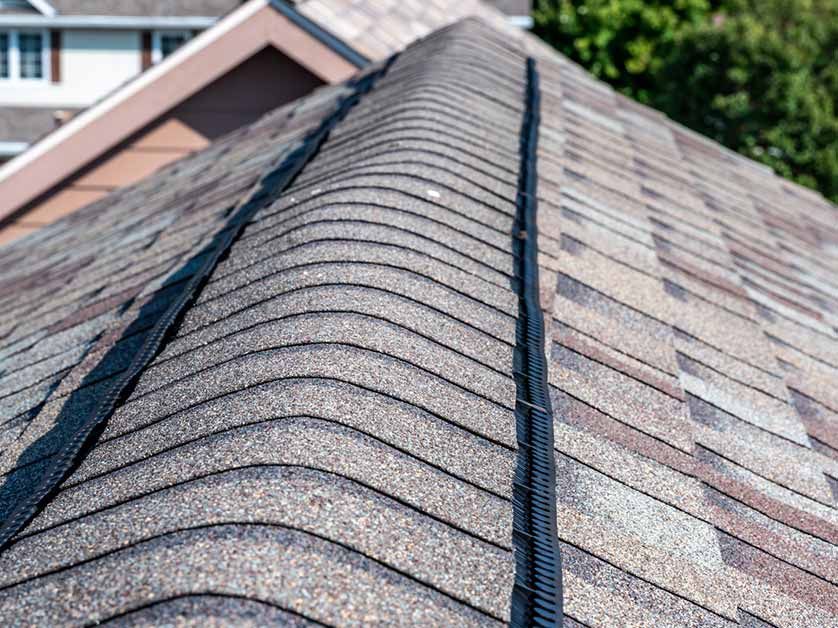Attic Venting: What You Need to Know
Proper attic ventilation is essential for a healthy, energy-efficient home. In hot climates, effective attic venting is even more critical. Knowing the different types of attic vents and their benefits can help prevent issues such as moisture buildup, mold growth, and inefficient heating and cooling. This blog post will explore the basics of attic ventilation and why it matters for your home.

The Science Behind Attic Ventilation
Attic ventilation is essential for a comfortable and energy-efficient home. Effective attic ventilation requires a proper balance between air intake and exhaust. This balance helps prevent moisture buildup, which can cause mold, mildew, and damage to roofing materials. Keeping the attic temperature close to the outside air reduces the strain on heating and cooling systems, extending the life of your roof and enhancing overall energy efficiency.
Importance of Proper Ventilation
Adequate roof ventilation is crucial for maintaining your home. It helps regulate attic temperature, protects roofing materials, and improves indoor air quality. Without proper ventilation, the attic can become excessively hot in summer or too moist in winter, leading to structural damage, reduced insulation effectiveness, and higher energy bills. Installing the right ventilation system creates a more comfortable living environment and saves you money over time.
Installation and Maintenance of Attic Vents
Careful consideration is key when deciding between professional installation and a DIY approach. While DIY projects may appear cost-effective, a solid understanding of roofing and ventilation principles is essential for safe and effective results. Professional installation ensures compliance with industry standards and local building codes. Experts can assess your home's specific needs, deliver seamless installation, and provide warranties that guarantee long-lasting performance.
Common Installation Mistakes to Avoid
Proper installation is essential for the effectiveness of attic ventilation systems. Common mistakes include insufficient vents, incorrect placement, or improperly sealed vents. These errors can result in inadequate airflow, disrupted air circulation, and increased risk of water leaks and drafts. To ensure optimal performance, it's important to follow best practices and manufacturer instructions. It's also best to hire experienced professionals for the job.
The Impact of Climate and Seasonal Changes
Proper attic ventilation is crucial in hot climates like Texas. A well-ventilated attic can significantly reduce heat buildup, improving the efficiency of air conditioning systems. This leads to a more comfortable home and lower energy bills. For those in regions with both hot summers and cold winters, it's essential to manage attic ventilation year-round to protect your home from seasonal challenges.
Exteriors of Texas is your local contractor for all your roofing needs. Call us at (281) 767-9579 or fill out our contact form to schedule an appointment.
